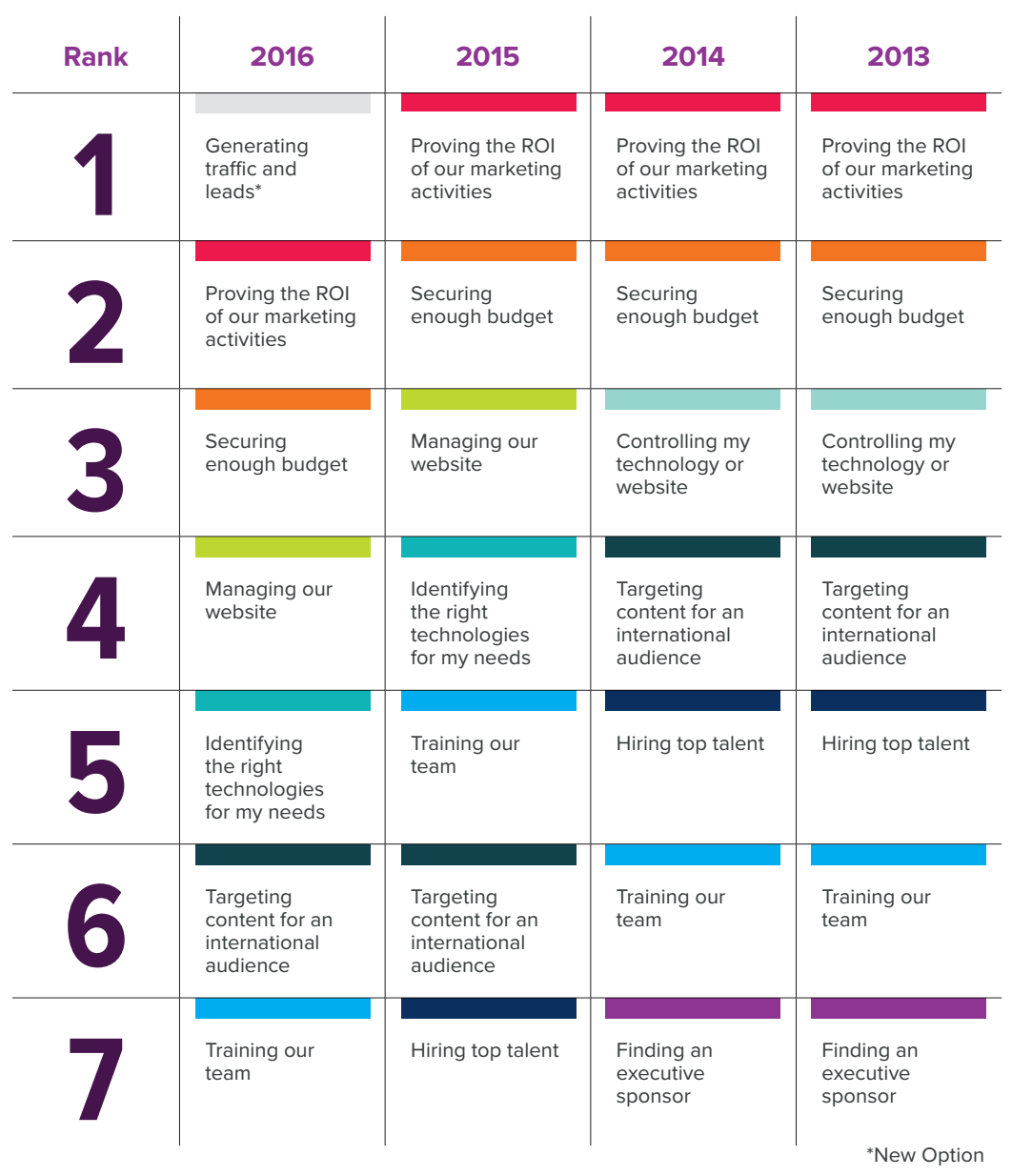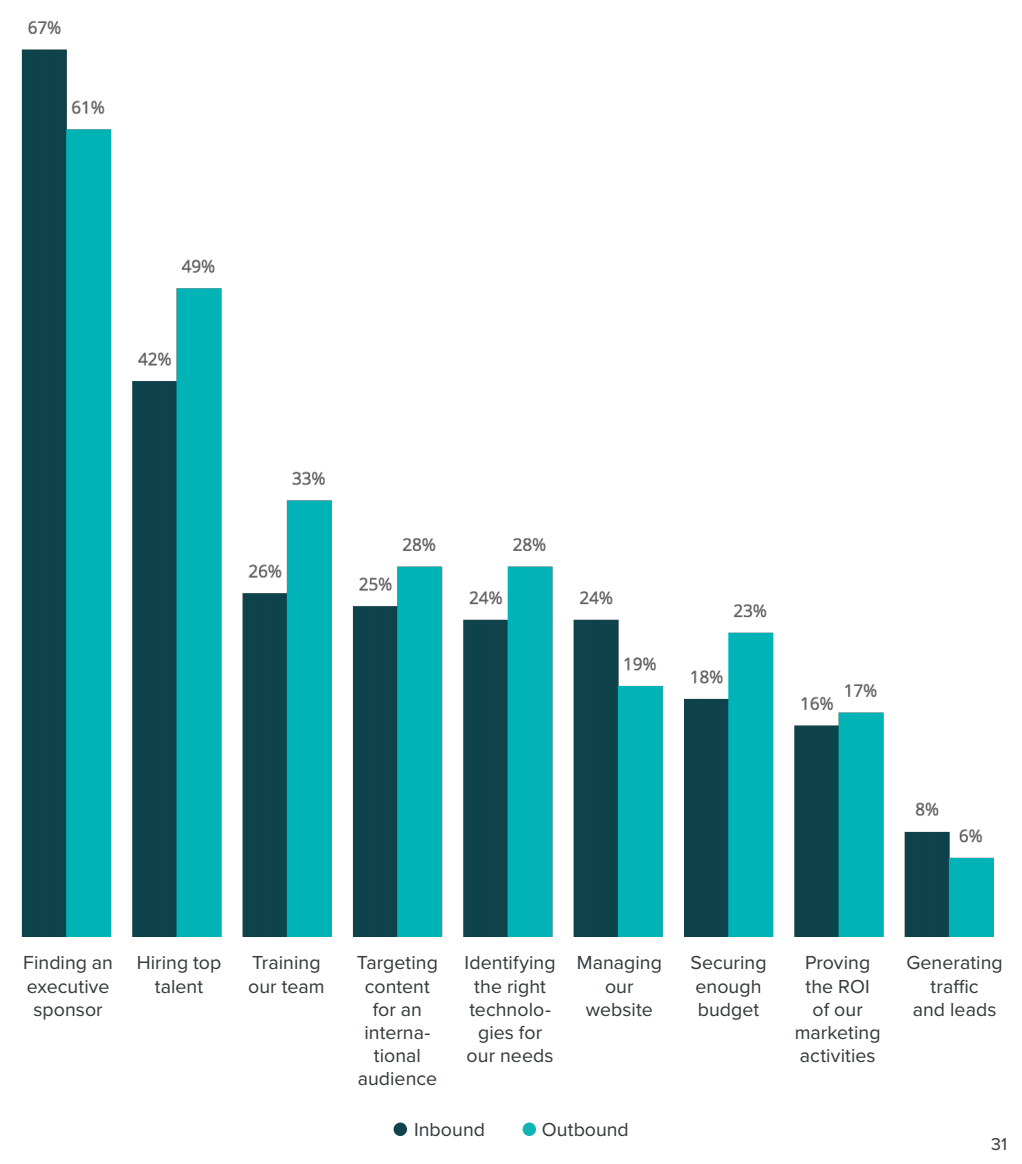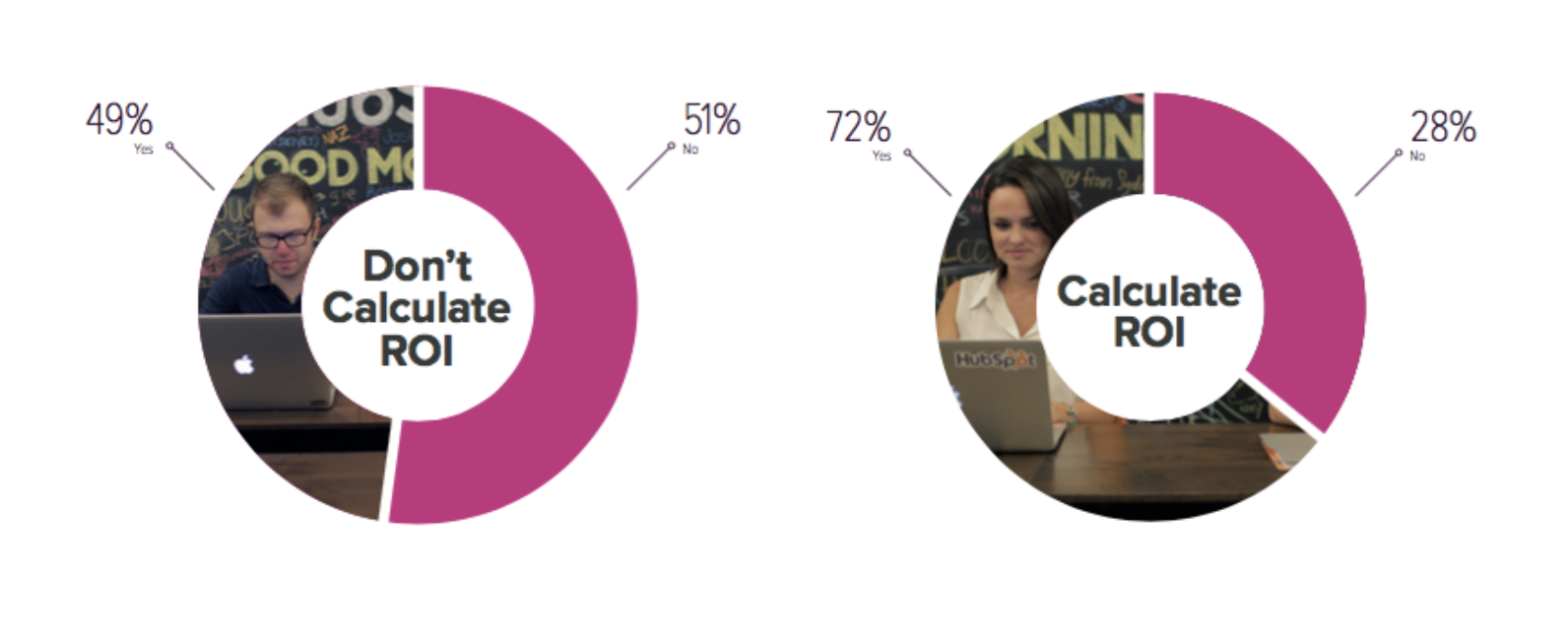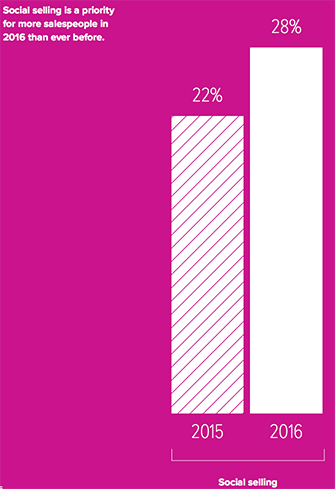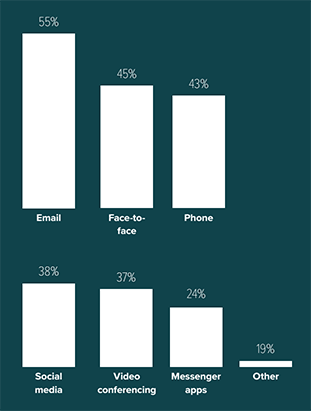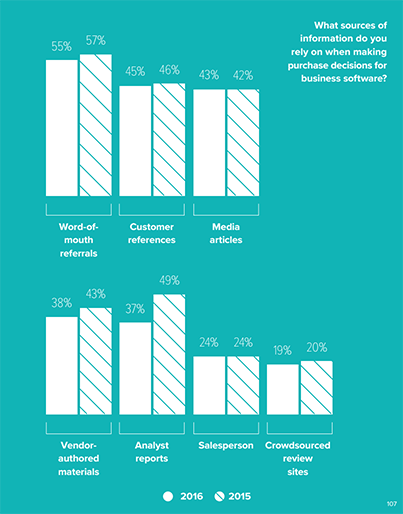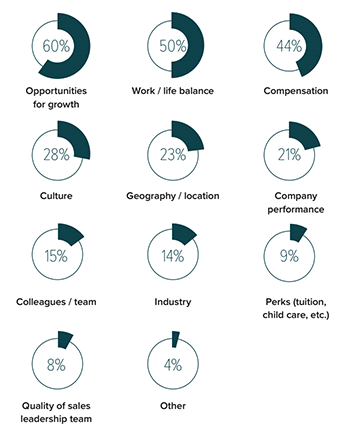With 127 pages of fascinating inbound marketing statistics, it’s easy to get lost exploring this year’s State of Inbound report. Here are a few highlights and interesting stats that caught my attention. You can download Hubspot’s State of Inbound 2016 report here.
Most of the more than 4,500 people who responded are not HubSpot customers and come from marketing roles in B2B, B2C, small, and mid-sized businesses. Half of the companies included here earn less than $1 million a year. With data gathered from around the world, this report covers over 132 countries. —HubSpot State of Inbound 2016
1. The Big Challenges: Proving Marketing ROI takes a backseat to Generating traffic and leads
Proving the ROI of marketing activities has been the top challenge for marketers year-after-year. In this year’s survey, Hubspot introduced a new response — Generating traffic and leads — which overtook Marketing ROI as the top challenge.
2. 2016’s Top Marketing Challenges
For all marketers surveyed, the top three challenges are generating traffic and leads, proving the ROI of marketing activities, and securing enough budget. It’s worth noting that in 2015, 22 percent of marketers identified proving marketing ROI as their top challenge.
Metrics driven challenges (amount of traffic and leads generated and proving ROI) are the big challenges facing marketers, who still lack access to tools and processes that can help them track concrete results for their campaigns.
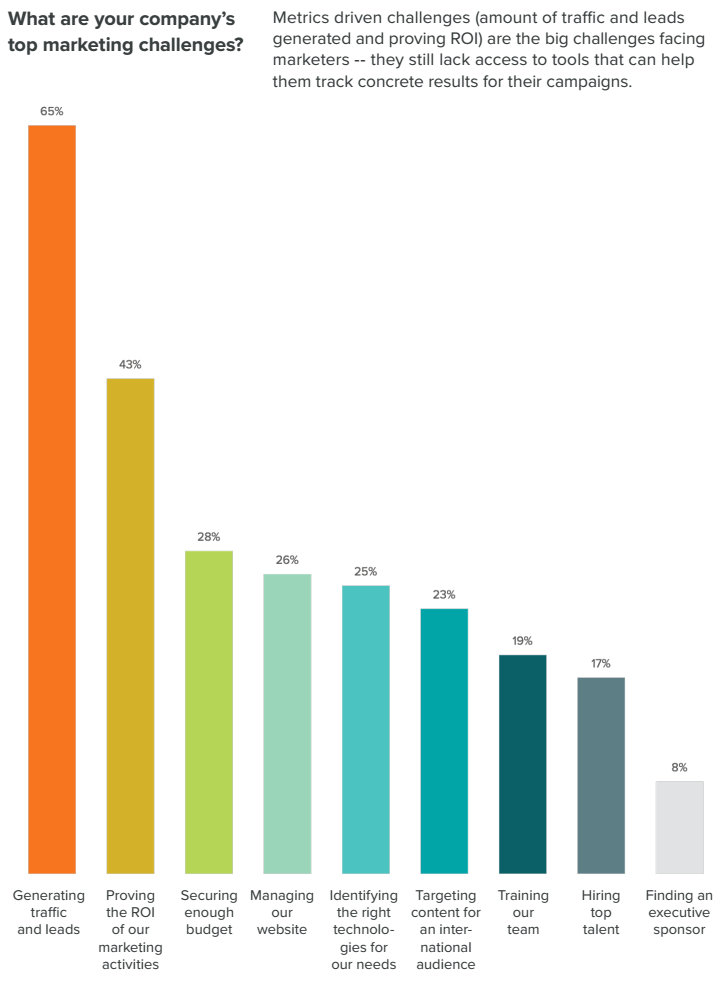
Let’s look at the responses to the same questions about marketing challenges categorized via inbound or outbound marketing teams.* There’s an interesting shift in the data.
Companies that described themselves as outbound shops seem to have slightly more trouble with proving ROI (17% versus 16%), securing budget (23% versus 18%), and training their team (33% versus 26%) compared to their inbound marketing peers.
*It’s worth noting that 73 percent of firms surveyed were focused on inbound marketing, 23 percent focused on outbound and 3 percent were unsure.
3. Calculating ROI brings confidence to the Marketing teams
When we’re talking about proving ROI as one of the top challenges for marketing teams, it’s important to highlight the relevance of getting measurable results for a successful marketing strategy. When asked if their organization’s marketing strategy is effective, the teams that calculate ROI show more confidence in their marketing strategy. Those who don’t calculate ROI are much more mixed in their assessment.
Do you feel that your organization’s marketing strategy is effective?
4. Companies are investing in Social Selling
Social selling saw the largest jump over 2015 (28% versus 22%) when companies were asked about their top sales priorities for the next year. In fact, investing in social selling is considered a critical change for the future of sales. A full 42% of buyers said they communicate via social networks such as LinkedIn and Twitter for business purposes, and sales teams growing more than 50% were more likely than any other group to identify LinkedIn as a valuable sales connection channel.
5. Communicate in the channels that your customers prefer
In order to create strong relationships with your customers, it’s crucial to connect with your audience in formats that they consume, through messages they seek and at each stage of their journey.
For the 2016 State of Inbound report, there was more of an emphasis on how and where customers preferred to communicate than in years past. For business communications, respondents prefer email, face-to-face, and phone. A good portion of respondents (42%) like using social media to communicate and 29% like using messaging apps like WhatsApp or WeChat.
When looking for information for business purchases, respondents confirm that their trusted sources are word-of-mouth and customer references, followed by media- and vendor-authored articles. Interestingly, Yelp, aka crowdsourced review sites, is the only source listed considered less-trustworthy than a salesperson.
6. Employer Branding creeps into 2016’s report
Since we just wrote about the importance of Employer Brand last week, I thought it was fitting to mention that this year’s survey also included ‘What people consider when looking for in a new job.’ While opportunities for growth, work/life balance and compensation – the top three options – are consistent across sales and marketing roles, we see some differences further down the list: 11% more marketers factor in culture, while sales teams consider the quality of the sales team and overall company performance.
Want to learn more? Check out the full State of Inbound 2016 here.
